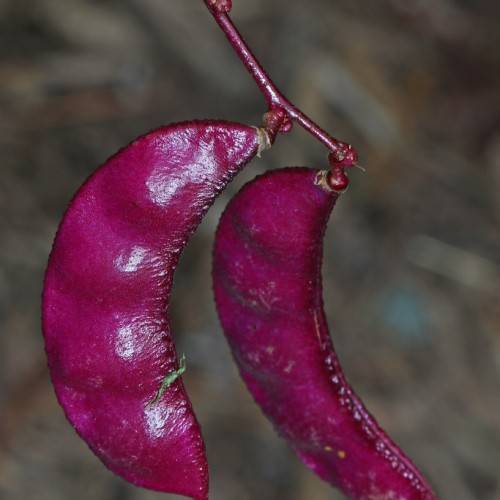
hyacinth bean
Lablab purpureus
Cycle:
Herbaceous Perennial
Watering:
Average
Hardiness Zone:
10 - 11
Flowers:
Flowers
Sun:
full sun,part sun/part shade
Leaf:
Yes
Growth Rate:
High
Maintenance:
Low
Drought Tolerant:
Yes
Salt Tolerant:
Yes
Invasive:
Yes
watering
Hyacinth bean thrives best with a moderate amount of water. Water your plant about 1-2 times a week, allowing the soil to dry out slightly between waterings. During hotter weather, it will require more water. When watering, make sure to saturate the soil and avoid wetting the leaves, as this might cause the plant to rot.
sunlight
The hyacinth bean plant requires full to partial sunlight in order to thrive. It should be planted in an area of your garden that receives at least 6 hours of direct sunlight during the day. If possible, it should be exposed to sunlight for most of the day during the summer months. During the cooler winter months, the plant should receive 4-6 hours of direct sunlight. Too much shade can reduce the number of flowers and lead to weak growth.
pruning
Hyacinth bean (Lablab purpureus) should be pruned in mid-summer, when the vines start to become overgrown. Pruning should be done lightly and gradually, removing only 5-10% of the vine each time, and it should be done every few weeks throughout the summer. This will maintain the plant’s natural shape and balance, and help promote new growth. Make sure to use pruning sheers or scissors and avoid breaking the branches off with your hands. Prune any dead or diseased branches right away.
